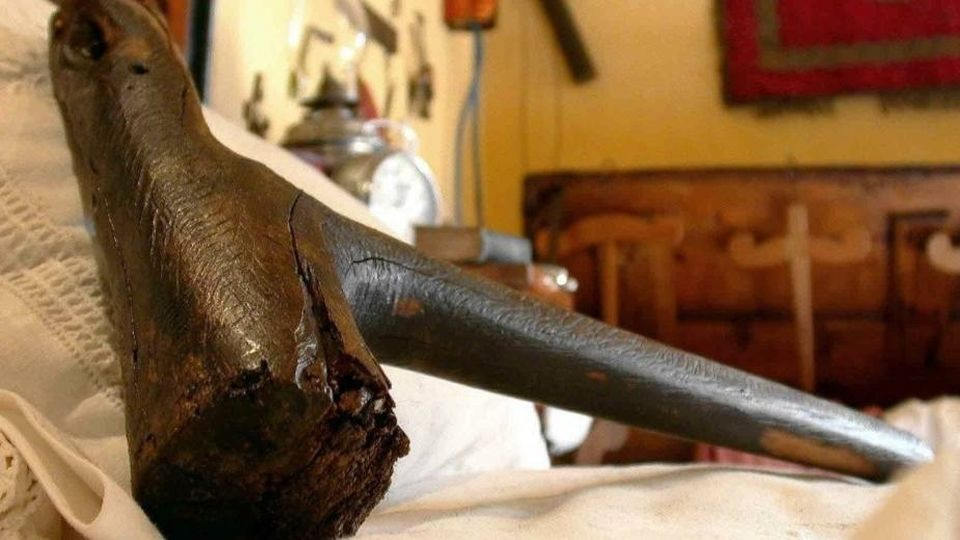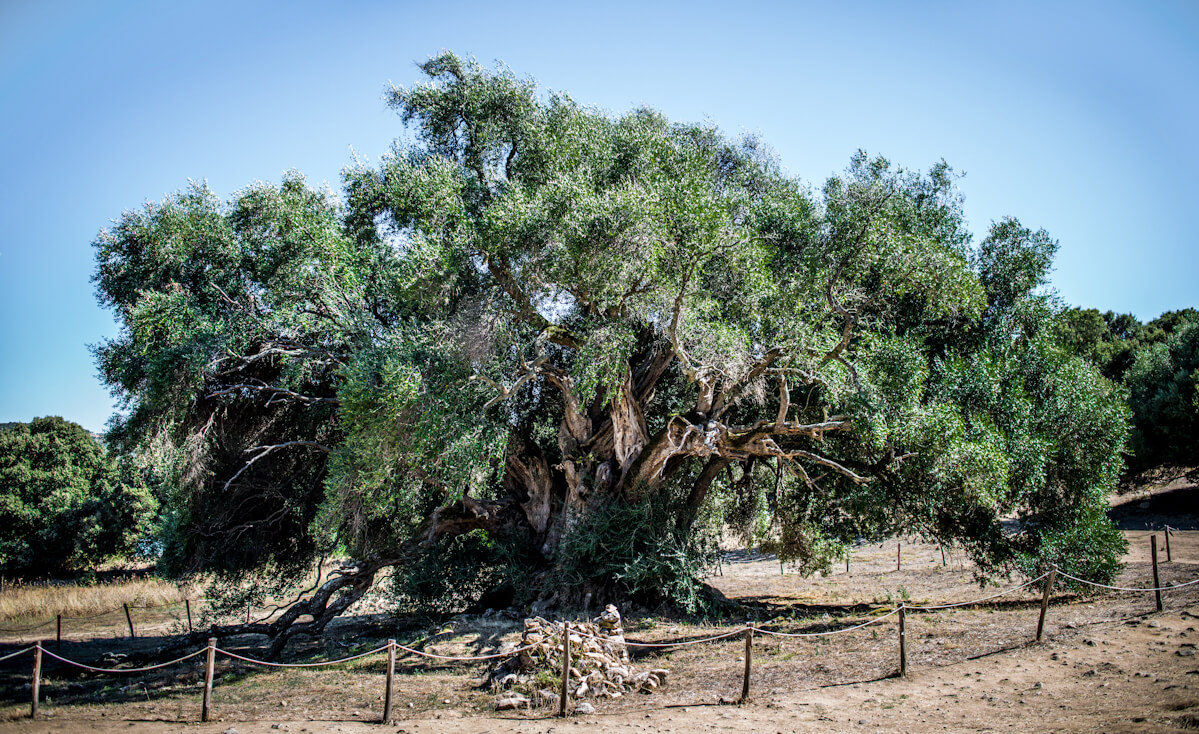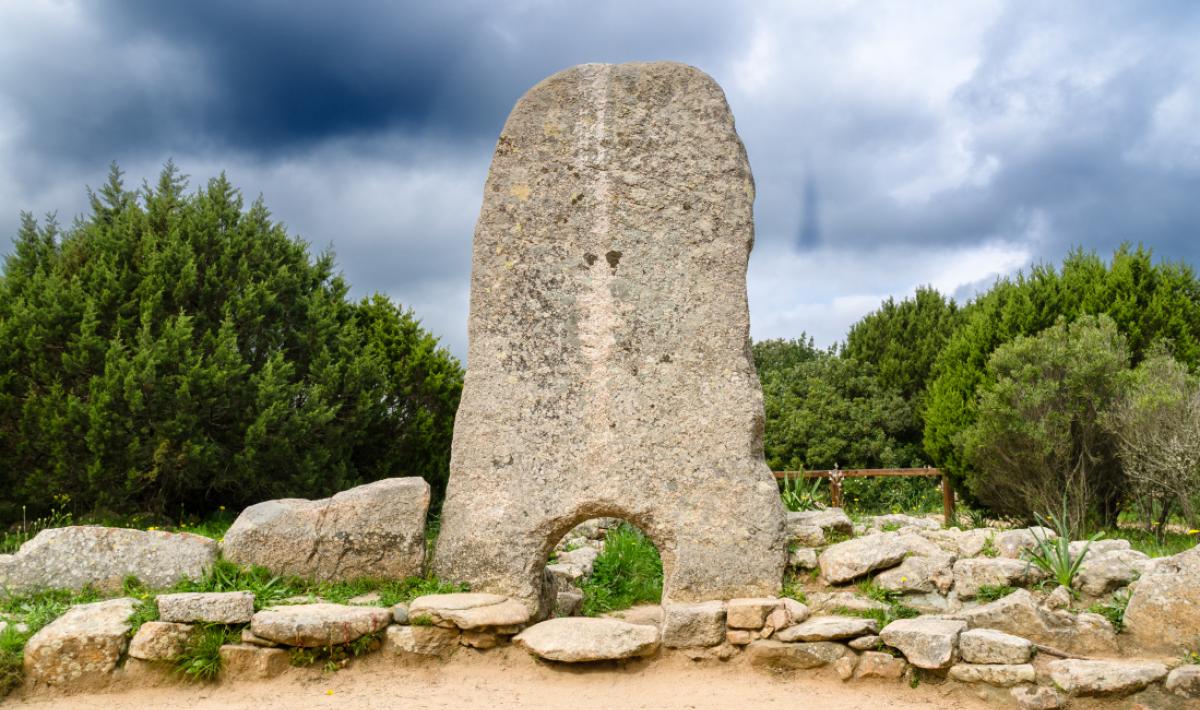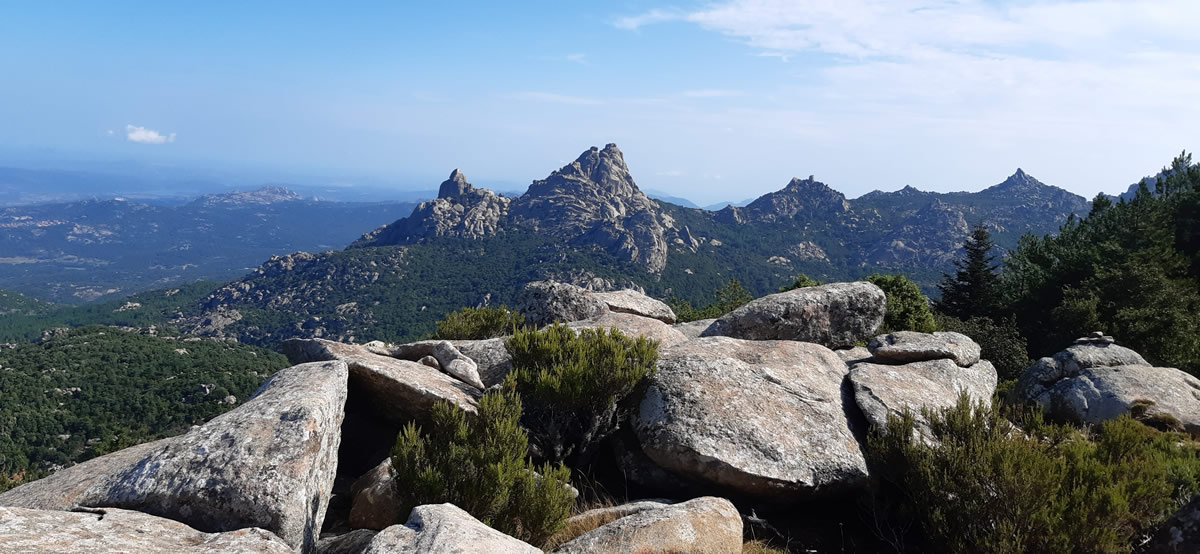Cultural tourism in the center of Gallura. In Luras hunting for the last agabbadora
The Galluras museum and the reconstruction of an ancestral tradition
Its fame derives from an ancient and ancestral tradition that is typically Gallura. A death rite to put an end to the suffering of the sick reconstructed and brought back to life in the Galluras museum in Luras. There, on the three floors of a building on the main street of the small town, all the rooms of a typical Gallura house from the period between the eighteenth century and the first half of the twentieth century of the 1800s have been reconstructed.
The more than four thousand objects and finds present reconstruct every aspect of domestic life, cooking and work.
Like all tools for viticulture, including “sa cascietta”, a container for pressing grapes, “sa suppressa”, a wooden press dating back to the late seventeenth and early eighteenth centuries, and a condenser still for cereal growing and in general the work of the fields. The house-museum also preserves machines for processing wool and linen, clothing and fabrics as well as a room entirely dedicated to cork processing techniques, a typical activity of the area.
There is also a room used for viewing films and multimedia content.
Luras is just over half an hour’s drive from our Parco degli Ulivi Country Resort

The myth of s’agabbadora
But it is for the myth of ‘S’agabbadora’ that the museum has become well known and a destination for onlookers and travelers. Of this legendary figure, but not too much, it is difficult to find historical traces or living evidence, but not impossible. In the Sardinian tradition, Gallura in particular, the “femina agabbadora” was the town’s midwife but her role was not limited to bringing life, she could also take it away. She enjoyed the esteem of the people, her authority was undisputed. She was called to homes where there was a dying, terminally ill person. Her family members summoned the agabbadora, led her into the dying man’s room and went out silently.
What happened within those walls is the result of suppositions, stories handed down by the few who had had the good fortune to attend. After a brief ritual formula – some say a prayer – the woman pulled a wooden hammer from her robe and lashed the deadly blow to the temple. And just as she had entered, the female agabbadora in the same way, silently, slipped away towards other death missions.
Thus, in one of the rooms of the historic building of Luras, home to the museum, the hammer used by the agabbadora for her “work” is placed on display on the bed. 40 centimeters long and 20 wide, found in 1981 The founder of the museum, Pier Giacomo Pala, hidden in a dry stone wall of an old sheepfold in the Luresi countryside. A rustic piece of seasoned olive wood, according to him is the only and last example in the world.
The dolmens of Luras
In a cultural tourism tour in the center of Gallura, the territory of Luras offers other interesting destinations to visit such as the archaeological ones. This town in fact owes its importance to the dolmens, which are even found in the town or in its immediate vicinity. There are at least four visible and recorded on the 78 examples of dolmens identified in Sardinia: the dolmens of Ladas, Alzoledda, Ciuledda and Billella. These monuments were built, starting from the recent Neolithic (3500 – 2700 BC) as collective burials and as a place dedicated to worship. The Luresi used to call them “Sepulturas de zigantes o de paladinos”.

The millenary olive trees of the upper Gallura
Another reason to arrive in Alta Gallura are the wonderful and suggestive millenary trees. In Luras there are several specimens that have been observing the surrounding area for centuries. Like ‘S’Ozzastru’, an olive tree of at least three thousand years, according to scientific estimates. In the municipality of Luras, on the hills located near the artificial lake of Liscia, in the locality of Santu Baltolu di Carana, there are very ancient wild olive trees. But he is the patriarch, declared a Natural Monument in 1991 and included in the list of “Twenty old Italian trees” to be protected and declared a National Monument by ministerial decree.






